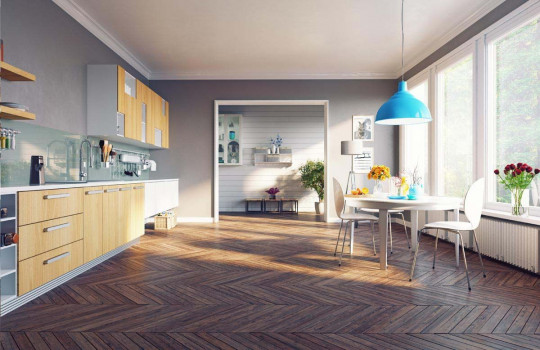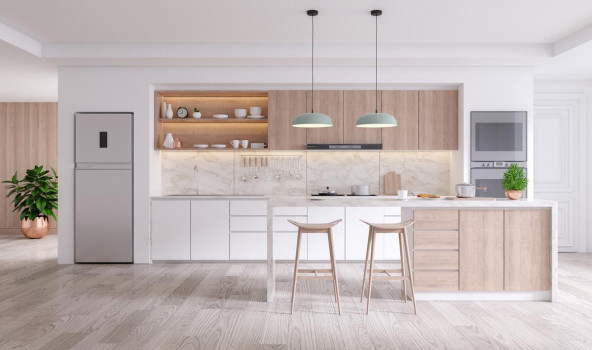Pros and Cons of Natural Stone Wall Cladding




©Shutterstock
There are various wall covering materials available, such as concrete for the recently popular industrial look, paint with its vibrant or classic plain colours, wallpaper, ceramics, tiles, and natural stone. Although paint is a common choice for a wall covering material, natural stone as wall cladding is increasingly popular for its excellent qualities. Then, what are the advantages and disadvantages of applying natural stone as a wall covering material? Let’s take a look!
Weatherproof

©Shutterstock
There are many types of natural stone that are usually applied on the exterior. One of them is andesite which is well-known for its superiority in terms of protection against tropical weather. Andesite is mould and mildew free. This would be advantageous for homeowners because they do not have to frequently apply additional coating to the wall to prevent mould and mildew.
Absorbent
Some types of natural stone are suitable for an area that are damp or wet most of the time. Some other types like basalt absorb humidity easily, which will likely to trigger moss growth. Make sure to choose proper natural stone and apply it where it is meant to be.
A fresh ambience

©Shutterstock
If you want to create a natural and fresh ambience in a house interior, you can try granite, marble, or travertine walls. This impression might be suitable for bathroom to enhance the experience of being close to nature while bathing. These materials can also be applied as a feature wall in a living room, or an accent element on the exterior.
Comes with a higher price
As natural stones are natural resources only available specific geographical areas, they cost higher than other wall coverings. The price of specific marble like the one from the Carrara region can be really high.
Hassle-free installation

©Shutterstock
Natural stones are usually cut into slabs. At the present, the edging of each slab is getting more precise, allowing easier installation and neater look. Stones like marble or granite also available in larger slabs. Although they could be pricier, applying and maintaining larger slabs are easier.
Tend to be heavy
Natural stones are solid material with uniform property throughout. This character of natural stones makes them heavier than other wall cladding like tiles, or timber that have more porosity. Because of its weight, installing natural stones as wall cladding should be done with careful weight distribution.
Timeless impression

©Taylor Simpson, unsplash
Aside from the luxury and natural look, natural stones could also convey timeless impression. This material has been used since the Roman empire and has not lost its elegance. Natural stones such as marble has uniform property, so it could be polished many times and still look like they are new.




 Indonesia
Indonesia
 Australia
Australia
 New Zealand
New Zealand
 Philippines
Philippines
 Hongkong
Hongkong
 Singapore
Singapore







